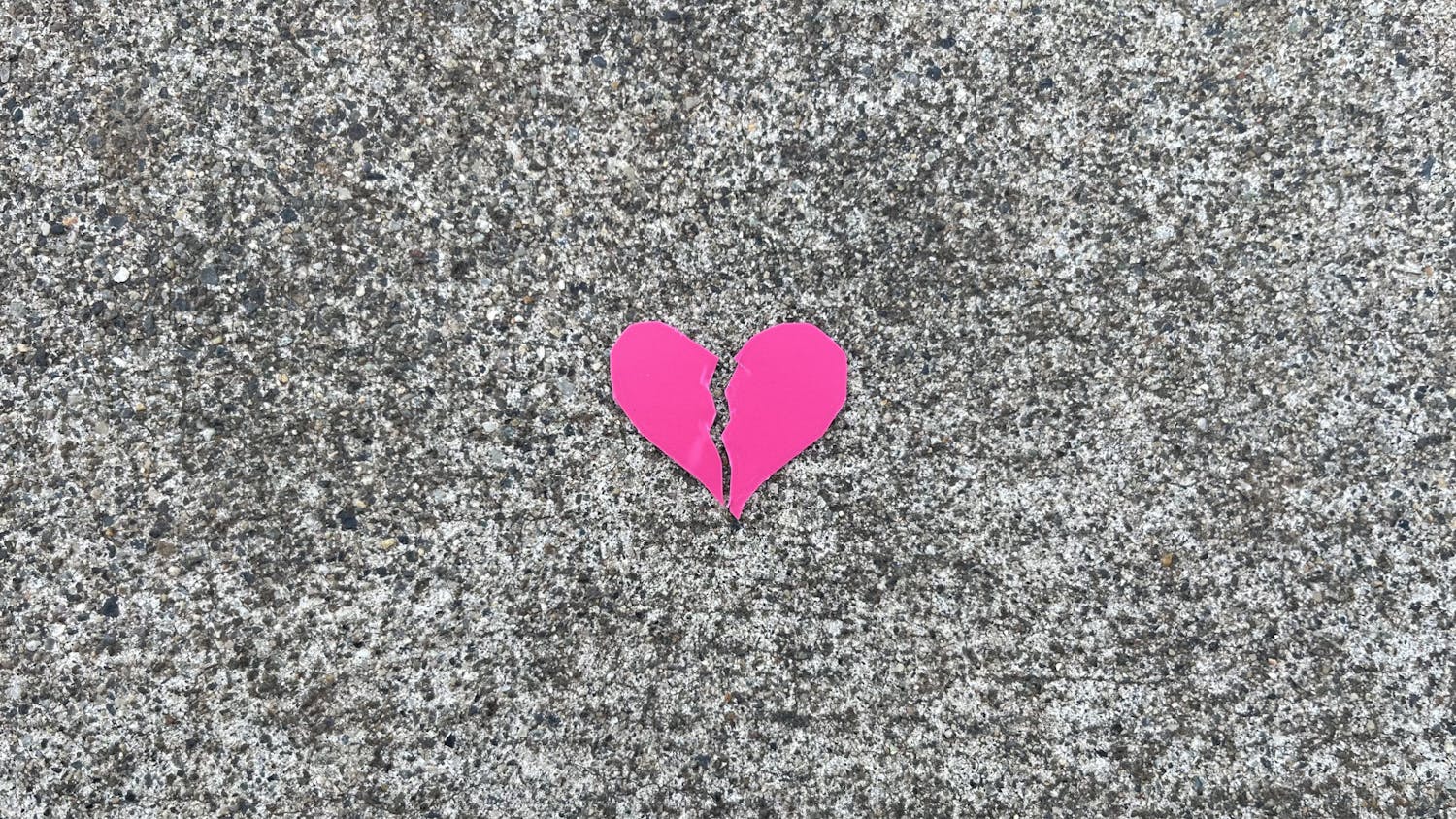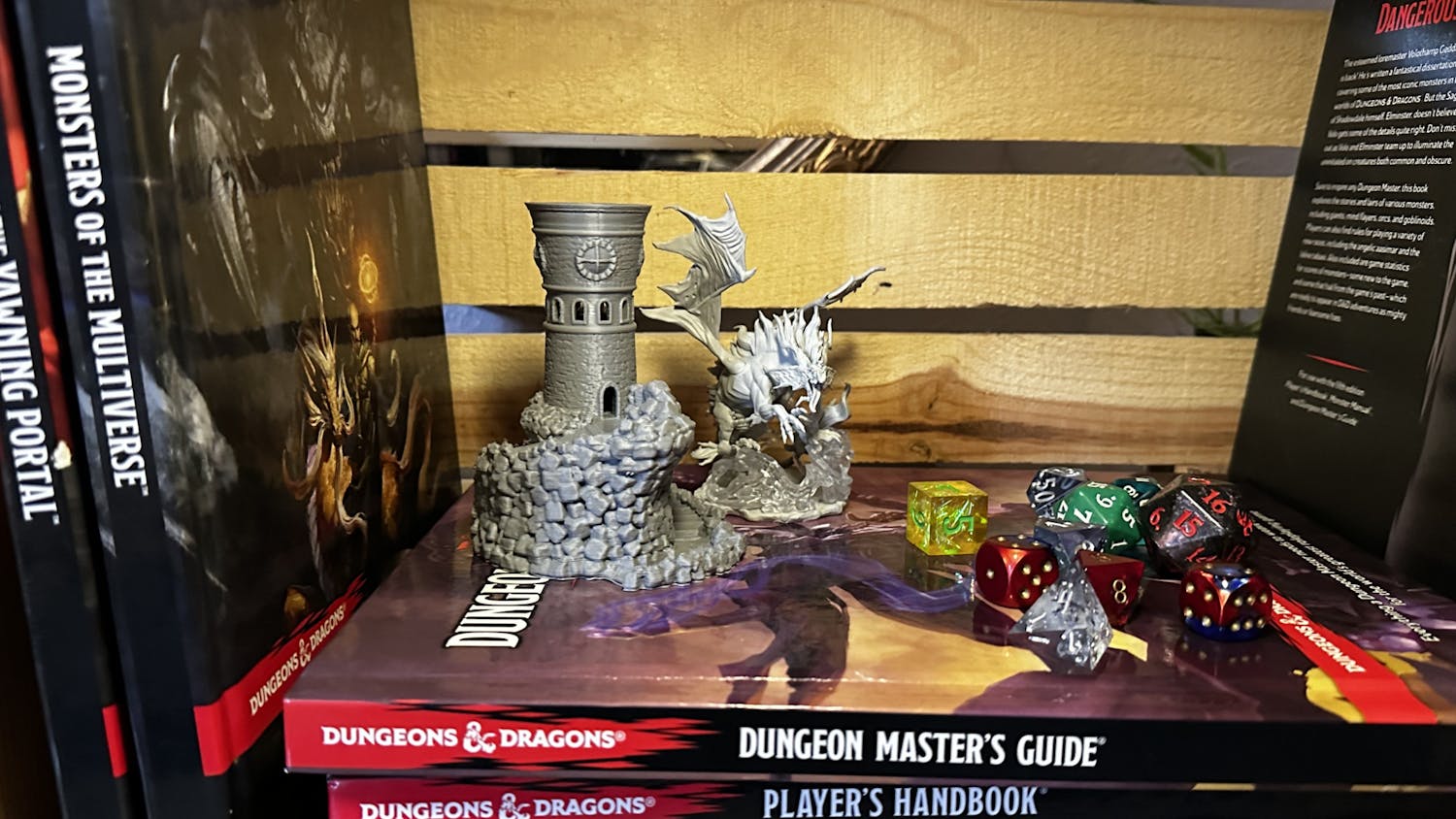This is a submission from Steve Robinson, president of Cascadia Prepared, a nonprofit focused on earthquake preparedness. Friday, January 26, 2018 marks the 318th anniversary of the most recent monster earthquake on the Cascadia Subduction Zone (CSZ). In the past 6,000 years or so, these quakes of magnitude 8 or 9 have occurred every 202 years, on average. Only once in that period of time has the interval between quakes exceeded 250 years, so the pressure in the CSZ fault has been growing for a very long time. In a way, we’ve been lucky to have avoided this devastating quake and its accompanying tsunami for so long. We’ve had the opportunity to strengthen our lifelines (roads, bridges, electrical grids, water and wastewater systems, fuel storage depots, etc.) against the damage the quake can cause. But in another way, we’ve been unlucky. We didn’t realize until about 30 years ago that the CSZ was even an active fault, let alone one capable of producing the worst natural disaster to hit North America in modern times. As a result, our building standards were not strong enough to withstand it. That means we expect that roads will be blocked by thousands of bridge failures and landslides. Many critical public buildings, businesses, houses, and the other lifeline systems will likely fail. Especially vulnerable are the hundreds of unreinforced masonry buildings that contain both businesses and multifamily apartments. We can hope it’s not too late to avoid the worst of this impending catastrophe. But survival as a society and prosperous economy will require rapid expansion of effort from residents, businesses and government agencies. That’s why we formed Cascadia Prepared as a non-profit, tax-exempt organization about a year ago: as a private-sector force to encourage and assist effective resilience-building efforts from all corners throughout our region – from British Columbia all the way to Northern California. We’re working with the Seattle-Based Cascadia Region Earthquake Workgroup, the Oregon Emergency Management Association, and many others to develop resilience programs and increase public awareness of this existential threat. Please don’t assume that first responders have the situation under control. In 2016, the “Cascadia Rising” exercise, designed to simulate and test regional response to a 9.0 earthquake, showed that the federal, state and local agencies we trust to handle emergencies will be overwhelmed by the huge number of people who are injured or stranded by the CSZ event. What can you do? It’s critically important that all organizations and private homes have survival plans that include enough emergency food and water to keep everyone on site alive for 14 days. We should all have “go bags” in our vehicles and homes containing other emergency gear. Cascadia Prepared’s website will give you many ideas about how to get ready, including what kinds of items to put into your go bags: https://www.cprep.org/resources/how-to-build-a-go-bag-on-your-budget/. We should also all live and work in buildings that won’t fall down when the quake hits. If your building was constructed before 2000 and you’re not positive it is seismically sound, it may be worth having an inspection to determine whether retrofitting is needed to ensure your very survival. We can do this! The steps we need to take individually and collectively are well-documented and easy to understand. It will just take a bit of planning, a modest investment of time and money, and a willingness to prepare for uncertain threats. Join friends and neighbors in asking a bit more of ourselves, our employers, and our public agencies as we get ready to preserve our way of life. Steve Robinson is President of Cascadia Prepared, a tax-exempt charity helping our region get ready for the next big earthquake. He can be reached at steve@cprep.org.





